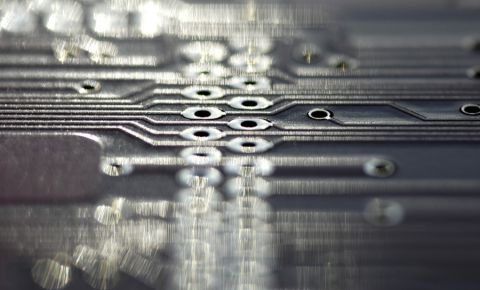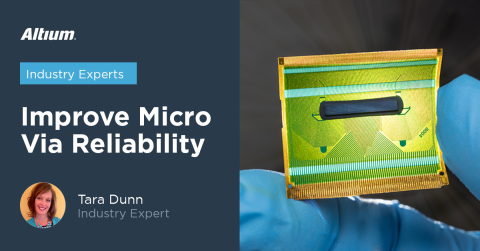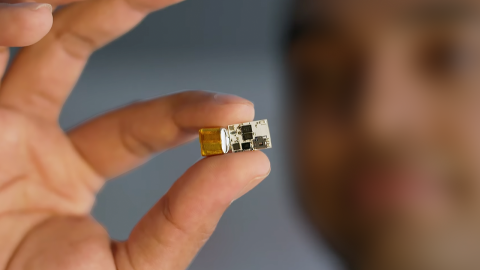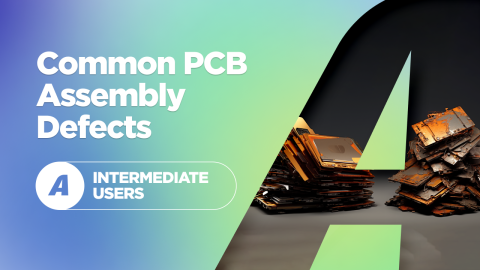Make Sure to Clean Your No-Clean Flux

No-clean flux has become popular due to its convenience. However, despite its name, the question of whether no-clean flux should indeed be left on the PCB after assembly is a topic of ongoing debate. This applies in hand soldering of through-holes, where a wire might be used with flux, or when solder pastes are used with SMD parts which may have a no-clean flux formulation.
No-clean flux is intended to leave behind a harmless residue after soldering as the residue is supposed to be non-conductive and non-corrosive. This would eliminate the need for post-soldering cleaning, which can save on time, materials, and ultimately costs. Yet, the decision to clean or not to clean these residues is not as straightforward as it might seem. Various factors, including the operating environment of the PCB, the complexity of the assembly, and long-term reliability concerns, can influence this decision.
Why No-Clean Flux is Used
All fluxes used in PCB soldering are intended to aid wetting by removing oxidation from the metal surfaces being soldered. It's designed to break down during the soldering process, and ideally it would leave behind minimal residue. There are three types of flux used in solder formulations:
- Rosin core flux
- No-clean rosin-based flux
- Water soluble flux
No-clean flux is formulated to leave behind very little residue on the PCB after the soldering process has completed. The remaining residue should be non-conductive and non-corrosive, which allows elimination of a cleaning step at the end of PCB assembly. Learn more about various solder fluxes in this article.
If you have ever looked at a picture of an older PCB which did not receive a thorough cleaning, one can see what happens when flux residues start to degrade over time. The image below shows one example of remnant flux residues contributing to oxidation over long time periods. Flux residues are hygroscopic and will form conductive electrolytes when they absorb water from humid air, which then leads to accelerated corrosion.
The image below shows how flux residues spread across an assembly during reflow. By spreading across multiple land pads, even with conservative pitch, it becomes a concern as to whether these residues create reduced surface insulation resistance (SIR), or contribute to electrochemical reactions that would create an ECM short. Read the source article in the image caption below to learn more about this important study.

The question then becomes: can the same problems arise with no-clean flux residues as we see in residues from standard rosin fluxes or water-soluble fluxes?
Why Cleaning Might Still Be Necessary
Today, it has been generally accepted that the presence of no-clean solder fluxes can still contribute to reliability problems in certain operating environments. No-clean flux residues are still hygroscopic, so they will absorb moisture, and they can flow at elevated temperature. This means it is possible in extreme or harsh environments for the flux to allow migration of contaminants or metal salts, which would give the same corrosion results as standard fluxes.
However, under many normal (standard temperature and humidity levels), most no-clean flux residues are non-corrosive and non-conductive. Despite the appeal of no-clean fluxes, there are several reliability concerns that might necessitate cleaning the residues in certain scenarios:
Reliability in critical applications: In sectors like aerospace, military, and automotive, reliabitiy very often trumps cost. Any residual flux can potentially degrade over time during deployment in a harsh environment, which might not only affect the performance but also lead to equipment failure. Cleaning off the flux residues is a simple step that eliminates a potential failure mode.
Dense PCB designs: It is possible your PCB layout has a high component density (e.g., HDI boards), which means small amounts of residue can cause problems. These residues can create insulation issues or absorb moisture that later contributes to corrosion or shorts. Cleaning these residues helps in maintaining the clearances and avoiding any potential electrical failures.
Environmental stability: Flux residues can react differently under various environmental conditions. For example, in high-temperature operations, the residues can undergo thermal degradation and allow migration of salts or other contaminants, which would contribute to corrosion over time. Cleaning these residues eliminates such environmental reactions.
How to Remove No-Clean Flux Residues
Cleaning no-clean flux residues might seem overly conservative, but why take the risk? In throwaway electronics it is not necessary, and eliminating the additional cleaning step in assembly helps the product stay price-competitive. This is an unacceptable view in other areas like aerospace or medical devices, where long-term reliability is most important. The additional cleaning step is a minor expense compared to the value gained from long-term reliability of the product and the reduced liability for failure.
If you do decide that no-clean flux residue should be removed, there are a few methods for cleaning these residues from a PCB assembly:
- Using a solvent
- Using an ultrasonic agitator
- By hand or with automated systems
Cleaning remnant no-clean flux residues is very simple. During hand soldering, use isopropyl alcohol (rubbing alcohol) and dry the assembly with forced air. For working at higher volume, you can purchase spray cans of PCB cleaning chemicals which can be used to remove flux residues, as well as other chemicals, without harming exposed conductors or your components. When operating in a volume production environment, specialized equipment is used to clean assemblies as they proceed through the production line, rather than cleaning everything by hand.
To learn more, listen to our podcast with Christopher Bonsell. In this episode, Zach and Christopher discuss how companies like Chemcut provide manufacturers with chemistry solutions for their processes, including cleaning of assembled PCBs.
Whether you need to build reliable power electronics or advanced digital systems, use the complete set of PCB design features and world-class CAD tools in Altium Designer®. To implement collaboration in today’s cross-disciplinary environment, innovative companies are using the Altium 365™ platform to easily share design data and put projects into manufacturing.
We have only scratched the surface of what’s possible with Altium Designer on Altium 365. Start your free trial of Altium Designer + Altium 365 today.










